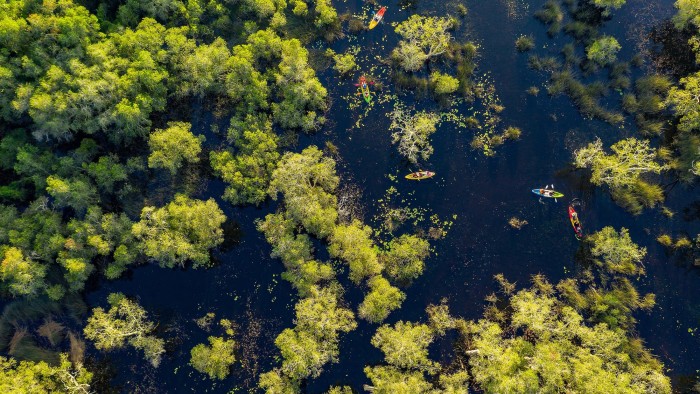The Conservation Finance Network
Where Conservation Meets Capital
The Conservation Finance Network (CFN) advances land and resource conservation by expanding the use of innovative and effective funding and financing strategies.

The Conservation Finance Network (CFN) advances land and resource conservation by expanding the use of innovative and effective funding and financing strategies.